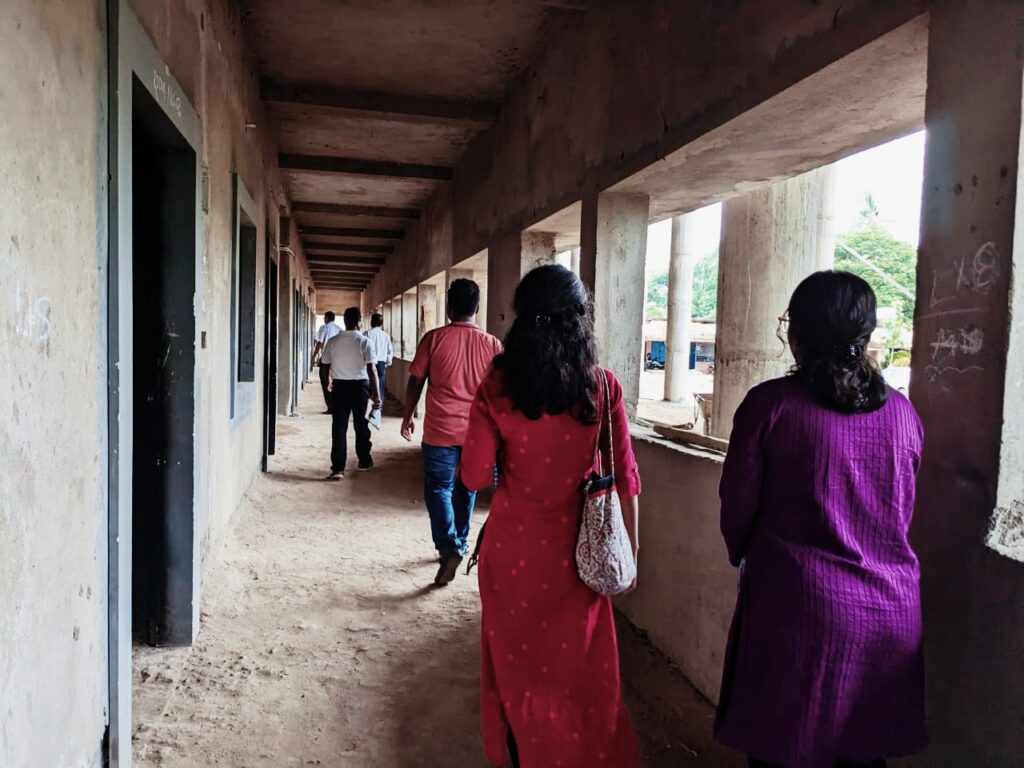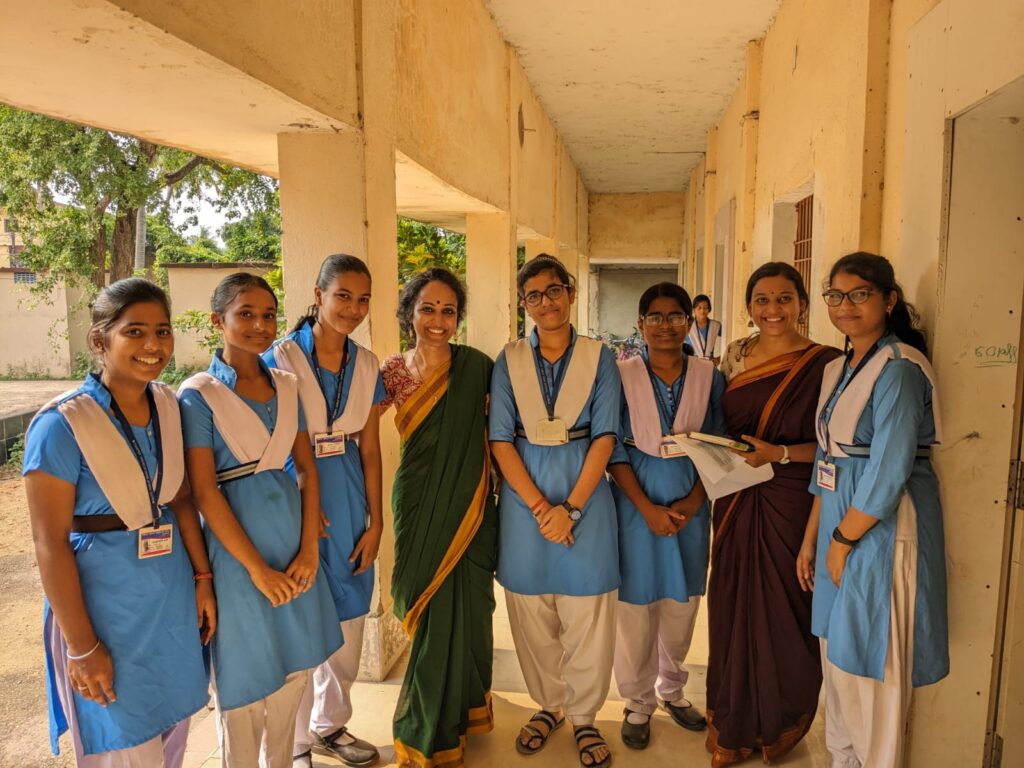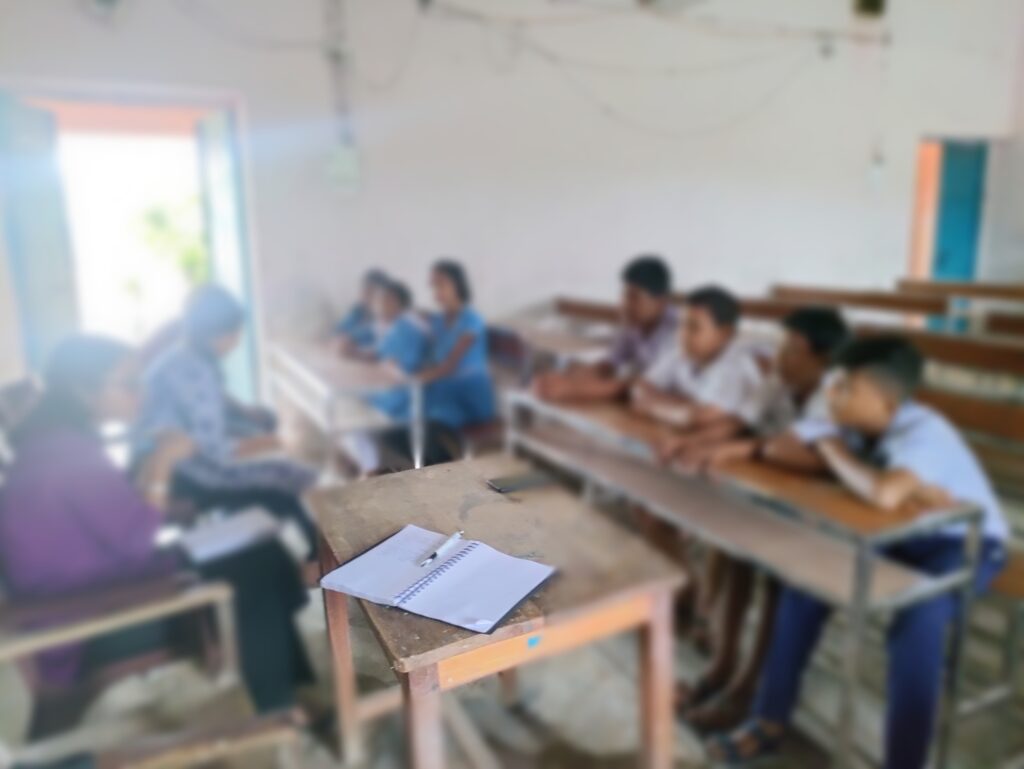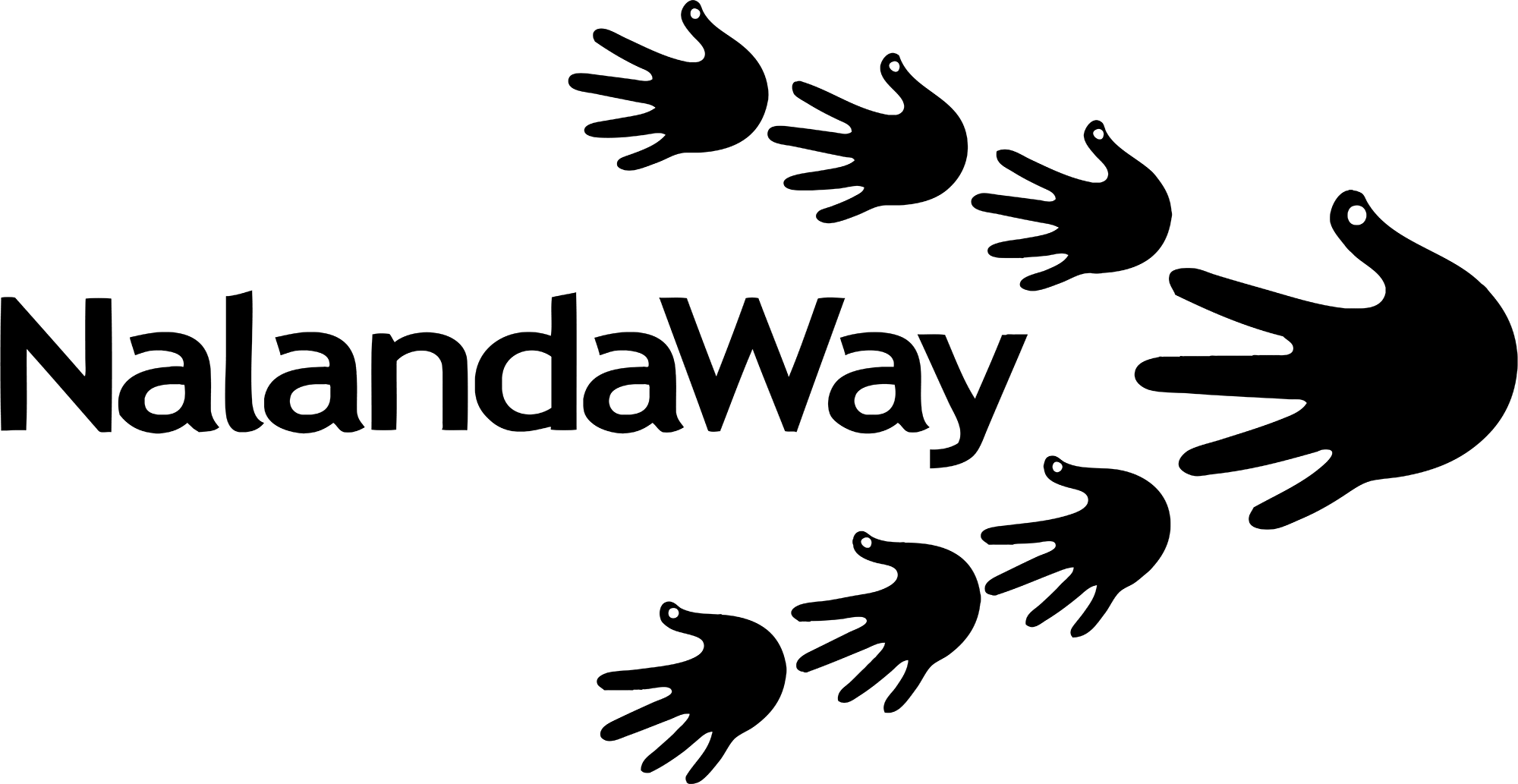
A few days ago, while crisscrossing villages in Odisha for field research, we paused by the roadside to photograph picturesque fields and monsoons cloud cover. Arriving from metropolitan cities, it takes a few minutes to acclimatise to the surroundings. This is an industrialized town, with large steel plants set up by the country’s large corporations; the hoardings and wall paintings bearing their large logos, their massive chimneys spewing smoke in the distance. The land they sit on, they say, is a treasure trove in bauxite ore; drawing steel producers to the region. Mining is a major employment source for a large number of families in the region, with men and women employed in the factories, hotels and transport services. Unfortunately, I remember mining references only from geography textbooks read decades ago in school classrooms, then not grasping the true nature of the beast.
As part of our partnership with UNESCO, the visit was specifically undertaken to study the status of local art and craft forms in a district of Odisha, and devise ways of imparting heritage and arts education to the next generation of learners.

Driving through a smooth-as-butter highway, the road turns to cross a school building which has an inconspicuous gate. Iron rails give way to a narrow open area, either side of which are humble classrooms shorn of tiles or flooring. Young boys and girls in classrooms without light and fans, peer at us, trying to figure out who we are and what we are doing there. Later, as we gather with a group of children and they begin to open up, we see their eyes light up at the mention of arts. Awkwardly silent boys begin to share about learning a local dance, and the common crafts found in the village. We play a game and the boys and girls impress me with their vocabulary and knowledge of places, even as they utter their long meaningful names.

Travelling to the field in rural areas grounds me, the life they live unravels the possibility for mine, to be disentangled, too. It’s a breath of air I gasp for before I plunge back into the dark inhospitable environs of city life.
I am reminded of month-long trips many years ago, through villages of Jharkhand and dry districts of Rajasthan filling out forms with health and education indicators of the locals. I remember only their patient responses to a barrage of questions posed by unknown unfamiliar faces, with only language uniting us.
The untiring hospitality to be found everywhere I go – from homes in the villages to the government offices or schools – the endless servings of sweet tea and water, the gathering of flowers presented at each door that I enter; their hearts open wide and their eyes hopeful of a return that doesn’t materialise.

I collect information that I need for the research project, thank them profusely and make indirect references to projects that may see the light of day. But it’s their honesty, the time that they sacrificed that I receive, which cannot be returned.
I often wondered what if one fine morning, they turned me away or refused to respond.
But that never happened. Never. Instead, one family I met at the end of a long day, plucked the freshest and greenest custard apples I had ever laid my eyes upon, from the tree behind their hut and offered them for me to eat on the way back, as they noticed I did not carry any lunch.
Contrary to logic, generosity is not concerned with money, it is a parting from the heart. Of more precious things than wealth.
Not from those who have the means to give away, but who have the heart to give it all.
– Jottings from Odisha, June 2023. Photo credits – Lavanya, Sheetal and Ronith
Written by Sameen Almas, Director – Projects at NalandaWay Foundation. Her insights are based on over a decade spent researching in villages and urban areas, as part of documenting best practices and large-scale project interventions by NalandaWay, DFID, AIF, and UNDP among others.

